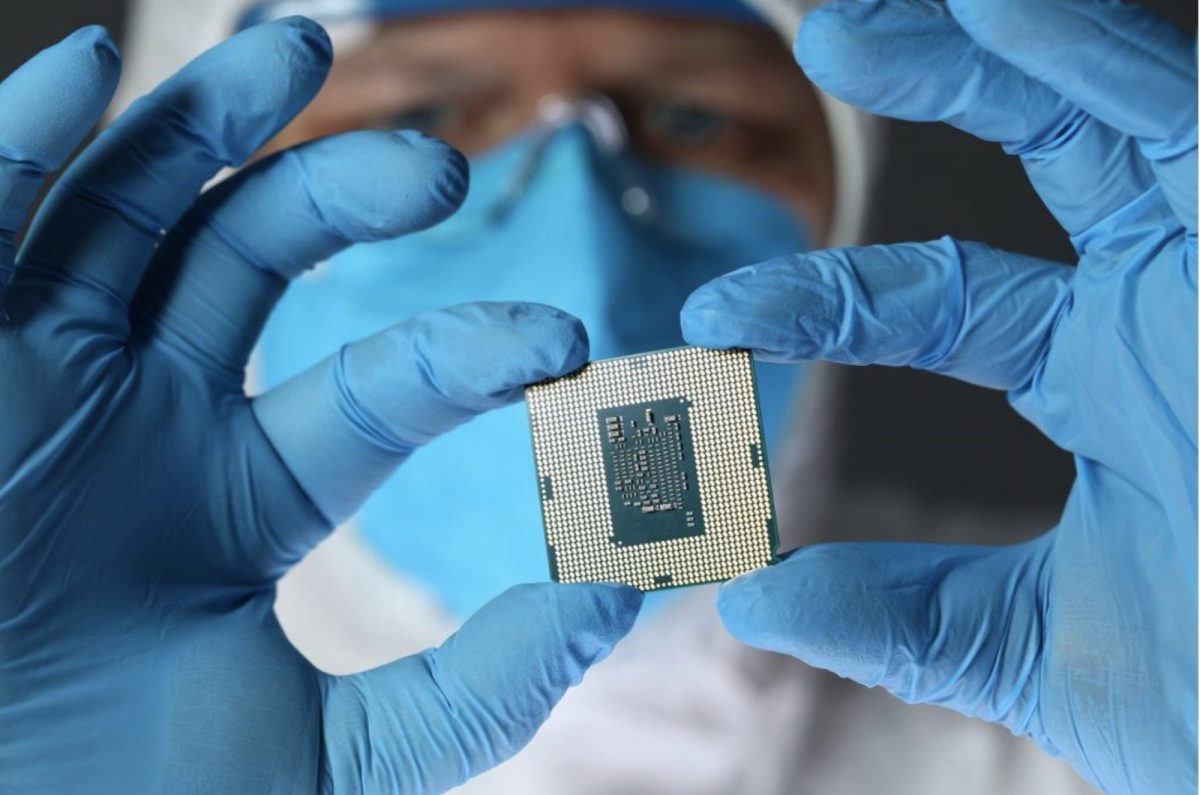[ad_1]
China’s leading chipmaker Semiconductor Manufacturing International Corp (SMIC) plans to build a new US$2.35 billion factory in Shenzhen after striking a deal with ASML Holding of the Netherlands, according to news reports.
The Shanghai-based SMIC foundry disclosed in filings to the city’s bourse that it had secured a $1.2 billion volume procurement deal with ASML’s Shanghai subsidiary to source critical equipment from the Dutch firm.
ASML is the world’s leading supplier of optical lithography systems used in semiconductor production. SMIC is key to China’s plans to become self-sufficient in semiconductor production amid rising tensions with the US, which imposed a ban on exporting chips to the company in December as part of an escalating tech war with Beijing.
Negotiations on the ASML deal reportedly went down to the wire and the hard-won contract, an extension of an expiring one in place since 2018, will secure shipments until the end of the year with no other strings attached other than a down payment of 30% for each transaction, Shanghai newspapers quoted SMIC CEO Zhao Haijun as saying.Â
It was also expected that Chinese authorities would give quick approval and inspection processes for ASML to import photolithography devices to Shanghai and its plants across the nation as part of the deal.
So far scant details have been given about the type of gear covered by the deal. Taiwanese observers – including former engineers with SMIC’s arch-rival TSMC – have claimed that the chip manufacturing technology to be shipped by ASML are “several curves behind†the current frontier technologies.
The deal was entered into in February and ASML is legally bound by US sanctions banning the sale of advanced technologies to China made with American know-how.Â
ASML has reputedly assured Amsterdam and Washington that only deep ultraviolet lithography technology, or DUV, used in making less-speedy processors will be sold to the partially state-owned SMIC under the deal.Â
Higher stakes are attached to ASML’s proprietary extreme ultraviolet lithography, or EUV, used in making more advanced chips. The technology is accessible only to a handful of manufacturers including TSMC to make refined chips like the ones used to power Apple’s latest flagship handsets and laptops.Â
The ASML deal will give SMIC the technological boost it needs to start expansion programs amid a global chip shortage, including the new production plant in Shenzen. SMIC signed its deal with an investment vehicle controlled by Shenzhen’s municipal government last week to break ground on the sprawling new $2.35 billion complex in the southern Chinese tech hub.Â
SMIC is critical to Beijing’s newly-announced indigenous tech drive. A new roadmap toward greater self-sufficiency featured in China’s 14th Five-year Plan and 2035 Vision and was endorsed by the Chinese parliament, which has identified indigenous chip design and manufacturing as a staple part of the nation’s self-innovating renewal.
The national tech blueprint was designed to supercharge state and private entities like SMIC in Shanghai and telecom giant Huawei in Shenzhen. Both companies are expected to lead the pack in breaking the US’ tech iron curtain against China. Â
The ASML deal will help but not immediately bridge the gap in China’s advanced semiconductor production capabilities. Shenzhen officials in charge of industrial development said in reports that the bulk of the new plant’s ASML-enabled production would be dedicated to less-advanced 28-nanometer (nm) chips.
To put that into perspective, Apple’s latest A14 chip, the world’s fastest in smartphones and which are assembled by TSMC, belongs to the precedence-setting 5-nm category, hailed as the current apex of innovation of the global chip industry.
Still, the vast majority of chips in current industrial and consumer use are of the 28-nm or wider variety. That includes those used in the automotive industry.
The semi-official China Semiconductor Industry Association also made a candid admission in its annual report of 2020 that it would take at least two more years for Chinese foundries to acquire and master all the technologies behind 28-nm chip production. Â Â
SMIC is also revving up construction for another 28-nm chip plant in suburban Beijing, which is reportedly also backed by local governments with guaranteed access to public funds.Â
Wu Hanming, the dean of Zhejiang University’s Institute of Micron and Nanometer Electronic Engineering and a member of the Chinese Academy of Engineering, told Asia Times that even 28-nm chips are in tight supply and SMIC was moving in line with soaring demand to launch new semiconductor plants across China.Â
“Chips of 28-nm configurations are found in cars and there has been talk that some Chinese firms are exploring ways to put these mid-range chips into electronic gadgets to power them, when it’s getting challenging to buy more advanced ones from abroad,†he said.Â
“SMIC is pragmatic with what kind of equipment it can buy from ASML and is taking baby steps toward more self-reliance when its technicians and universities have been developing homemade alternatives for some years already,†he said.
“SMIC and Huawei may still get the short end of the stick in global competition, but they are making headway in R&D and by dint of hard work as well as Beijing’s policy blessing, breakthroughs can be expected in a smaller, more advanced 14-nm category in the next few years,†predicted Wu.Â
SMIC’s largest source of income in the last quarter of 2020 came from sales of 150 and 180-nm chips, with only 5% of its revenue generated by 28-nm or smaller-sized chips. In comparison, Taiwan’s TSMC earned a fifth of its $12.67 billion in revenues from technologically advanced 5-nm chips, underscoring the firm’s still wide technological lead on SMIC.Â
[ad_2]
Source link













